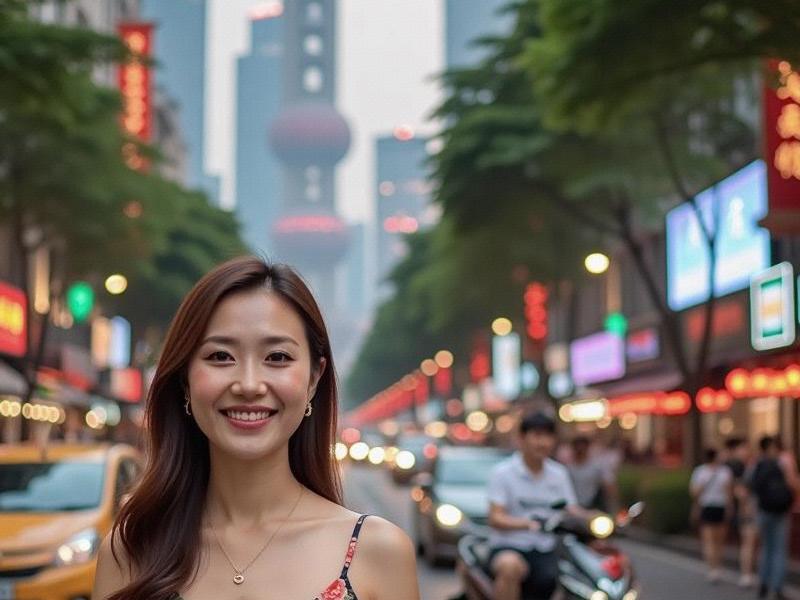This 2,800-word special report investigates how Shanghai is reinventing itself as a model 21st century metropolis while preserving cultural heritage and addressing urban challenges.

Section 1: The Dual City Paradox
Contrasting realities of Shanghai's development:
- Pudong's futuristic skyline vs. historic Shikumen neighborhoods
- 18% GDP growth in tech sectors vs. traditional manufacturing decline
- Luxury consumption boom alongside creative grassroots economies
Section 2: Infrastructure Revolution
Transportation milestones (2020-2025):
• 14 new metro lines extending to 1,100km
• Maglev connection to Hangzhou (200km in 27 minutes)
爱上海419论坛 • Autonomous vehicle zones covering 32 sq.km
Section 3: The Innovation Ecosystem
Tech hub development metrics:
✔ 4,200 foreign-funded R&D centers
✔ 18% annual growth in AI/quantum computing patents
✔ Zhangjiang Science City's ¥280B investment
Section 4: Cultural Preservation
上海龙凤千花1314 Heritage protection initiatives:
→ 68 protected historical districts
→ Adaptive reuse of industrial buildings
→ Digital archiving of Shanghainese dialects
Section 5: Sustainability Challenges
Environmental balancing act:
• Carbon peak roadmap for 2028
• 42% green space coverage target
上海贵族宝贝自荐419 • Yangtze River Delta ecological corridor
Future Vision
2040 development scenarios:
- Floating neighborhoods in Hangzhou Bay
- Vertical urban farms in 60% of skyscrapers
- AI-managed urban governance systems
Shanghai's transformation represents both the extraordinary possibilities and complex contradictions of 21st century urbanization at scale.